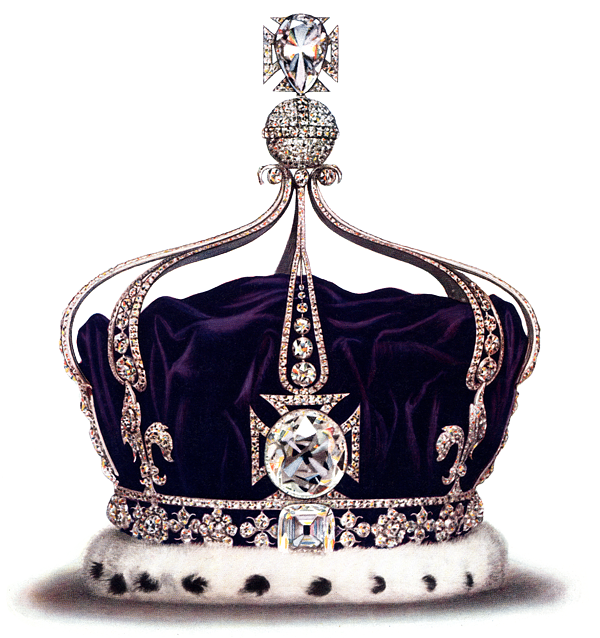
A Replug from a 2017 article
One of the most insightful sentences I have come across for a (science) teacher is, "Take a thing you know and change one thing; its scale, its material and/or its context". Baahubali director S S Rajmouli had internalized that quote quite imaginatively. That was my first impression while watching the 2 parts, despite the queasy treatment meted out to the female characters in the plot. He did change the scale of movie making, the material (story) was more or less oft-repeated. Any social science colleague would painfully point out in a more scholarly manner that the plot (written by his father) rooted in the Indian subcontinental culture, has its avoidable warts. In a classroom, discussion around those issues is much needed. That temporarily aside, what is astounding is the context in which he remixed (war) ideas from world over that caught my eye.
Take for example trebuchet. So much Archimedes is in it.

It is a siege engine, which uses a swinging arm to throw a missle at the enemy. Not fully Archimedean, he did refine the Chinese prototype of the 4th century BCE.
If you promise me to extract a pledge from your learners that they are going to use it only for educational purposes, here are some curated DIY resources on making a trebuchet.
Pintrest's best

The top left image also helps you introduce the tetrahedral shape and its importance for carbon's bonding. (One of my favourite task to a teenager is to give 6 pencils of same length and challenge them to make 4 equilateral triangles by not breaking it!). From the top right model, ask them to check which angle helps their missile reach the farthest. And for the bottom one, what simplicity!
Hwacha used in part I is out and out a Korean war weapon. You may wonder, "Hwacha, what was that?". Here it is.

Wikipedia entry on it says, "A hwacha or hwach'a (fire cart) was a multiple rocket launcher developed by Koreans and deployed in the defence of Korea against Japanese invasion in the 1590s.It had the ability to fire up to 200 singijeon, a type of fire arrow rocket, at one time.
Here is short clip of a modern day rendition of hwacha.
I committed a sacrilege in telling you about a 1590s weapon, completely bypassing the Renaissance man, the greatest inventor of all times, Leonardo da Vinci.

I shall contrive catapults, mangonels, 'trabocchi' and other engines of wonderful efficacy..In short, to meet the variety of circumstances, I shall contrive various and endless means of attack and defence. I have plans for destroying every fortress or other stronghold even if it were founded on rock.
No pompous boast this, from the Universal Genius. He drew designs of super human imagination, was perhaps too lazy to actually execute those wonderful designs on paper to reality.
Take this scythed chariot in both the parts of the movie.

In the movie, this killing machine, as revealed in an interview, was run by Royal Enfield engine. Whereas, the original was a wonderful display of combination gears.
Here is a miniature model from grabCAD showcasing it. Inspire your senior grade students to let them observe the interplay of gears and create their own combination gears.

Leonardo only put it on paper. He almost always never bothered to make it. History channel brings that to you. Watch this small clip from their 'The Re-inventors' series showcasing its deadly efficacy.
Take one more Leonardo marvel. The introductory scene of the lead character in part II.


Many others had also made the crossbow, but the sheer majestic design of Leonardo is scary.
Here is one made from office supply, courtesy YouTube uploader DaveHax.
In part II, one of the most appreciated fight choreography was that of shooting 3 arrows in one go.

In the movie it was done by VFX. But in reality is it a trick shot or does it have any historical credence? Middle school understanding of science tells that the tension on the string gets distributed on the arrows and thereby loses its purpose. What if one tweaks the design of the bow and makes the arrows lighter. Check the 1st 10sec of this video clip. The debate is not settled on its historical accuracy. The purpose of this shot was more for 'shock & awe' than for accuracy and precision.
Lastly, coming to the scene where there were lot many disagreements. When you had spent so much in all other sequences why show catapulting set of humans from a palm tree to break open the defense? Has Rajmouli taken a shortcut? Well, Discovery channel's Mythbusters comes to the rescue. Check it for yourself.
Baahubali despite its epicness in scale & execution, as correctly penned by Prof Sundar Sarukai in The Hindu, doesn't ask profound questions. It doesn't even try to gloss over the avoidable sociocultural acmes. Nevertheless, it is a science historian's delight, with a war narrative that straddled the civilizational spectrum from the Chinese, to the Greeks, to the Mexicans, to the Koreans and to the Renaissance. Rajmouli's action sequence team had the guts to recreate this grand narrative of contextualizing global war weapons from the 4th century BCE to the 16th century. It is a glimpse of ideas of how human beings kept on killing themselves.
The movie was about #WKKB. It was also about the lessons unlearnt, something we the teachers need to take it forward in the classrooms.
All movie images shared in the article are copyrighted and are owned by Arka Media. We used it for educational purposes only.
Republished from Teachers of India with minor editing.





















Write a comment ...